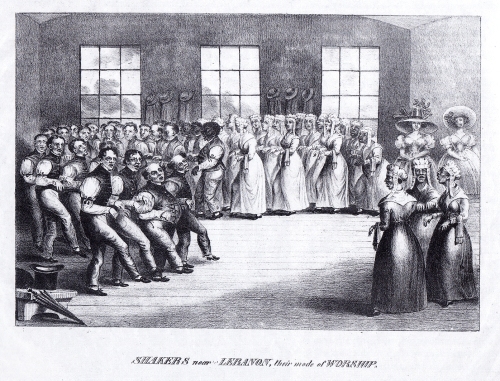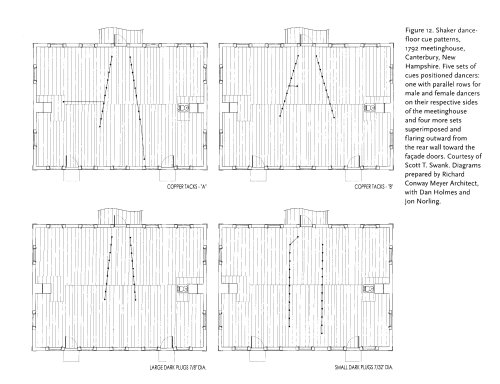
While vocalizations have been elucidated in various songbird studies, non-vocal sounds have received less attention. In the blue-capped cordon-bleu (Uraeginthus cyanocephalus), both sexes perform courtship displays that are accompanied by singing and distinct body movements (i.e., dance). A previous study revealed that cordon-bleu courtship bobbing includes multiple rapid steps. This behavior is quite similar to human tap dancing, because it can function simultaneously as a visual and acoustic signal.
In many cases, the acoustic signal value of such steps (along with the high-speed step movements) produce non-vocal sounds that have amplitudes similar to vocal sounds. In this sense, step behavior strongly affects step sound amplitude. Additionally, the dancing step sounds were substantially louder than feet movement sounds in a non-courtship context, and the amplitude range overlapped with that of song notes. These observations support the notion that, in addition to song, cordon-bleus produce acoustic signals with their feet.
Read more in “Songbird tap dancing produces non-vocal sounds” by Nao Ota, Manfred Gahr, and Masayo Soma (Bioacoustics: The international journal of animal sound and its recording 26.2 [2017], 161–168). Find it in RILM Abstracts of Music Literature.
Below is the step-dancing performed by male and female Uraeginthus cyanocephalus (blue-capped cordon-bleu) captured on a research video by the authors.
Related Bibliolore posts:
https://bibliolore.org/2018/05/21/angelic-bird-musicians/
https://bibliolore.org/2014/11/13/afghan-perceptions-of-birdsong/















